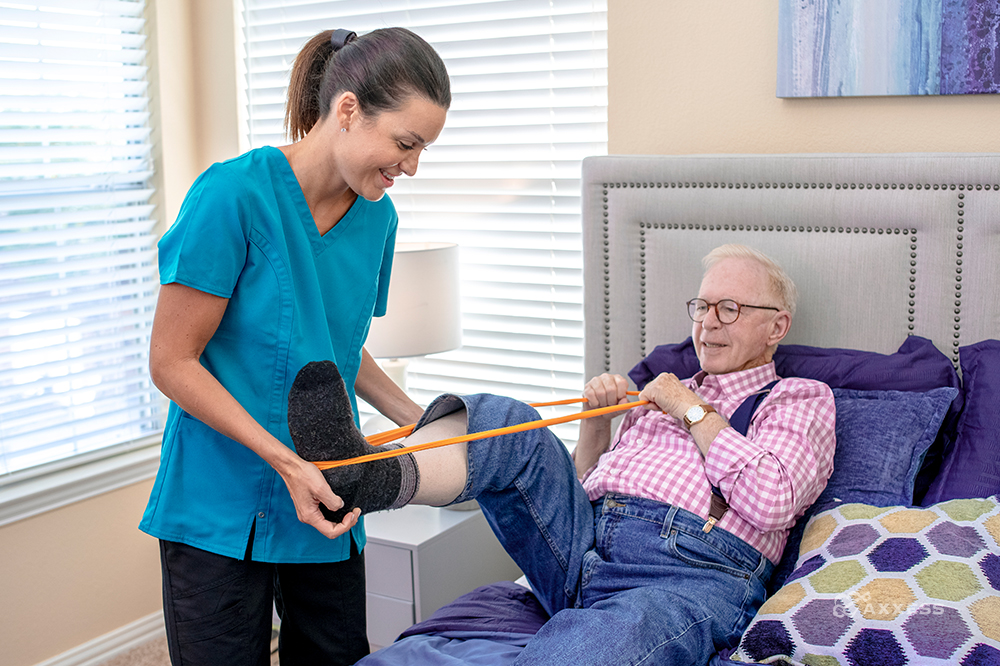
Therapy isn’t just for home health. Although physical, occupational, and speech therapy services traditionally focus on rehabilitation or recovery following an illness, injury or surgery, there is an opportunity for therapists to serve a small but important role on a hospice and palliative care team. It is understood that hospice and palliative care patients will not make improvements in the same manner as home health patients. However, the strategic use of therapy services with these patients can help slow the decline of functional ability and help preserve the patient’s sense of self-worth.
Utilizing Therapist Skills
Therapists of all disciplines may be uniquely qualified to lend their problem-solving skills to create a safe environment for the patient in medical decline. For example, the speech therapist may be instrumental in providing instruction in position and swallowing to prevent aspiration and in maximizing communication skills. The occupational therapist may be the team member best-suited to recommend and provide instruction about adaptive equipment for dressing, bathing or self-care for the patient who wants to preserve independence and lessen reliance on caregivers for as long as possible. The physical therapist likely is adept at dealing with balance, positioning, transferring, safety equipment, and perhaps even home modification challenges.
Throughout each phase of the patient’s decline, new obstacles and issues will present themselves. The involvement of therapy services to assist the patient and caregivers in dealing with these issues will not only benefit the patient and family but will also lessen the strain on the entire care team.
Improving Quality of Life
The seemingly simple task of positioning can be of tremendous significance to hospice and palliative patients. Positioning, and frequent repositioning, of a patient in their chair, wheelchair or bed can dramatically lessen the risk of pressure ulcers and contractures. Positioning efforts can also aid in pain reduction, swallowing, breathing, digestion and edema for many patients. Neglecting any of these areas will have an unnecessary negative impact on quality of life.
Therapists can support the hospice and palliative care team with the implementation and teaching of tasks related to strengthening, balance/fall prevention and transfer training. They can also help educate the patient and caregivers about the likely course of disease and mobility progression.
Skilled therapy service will never be a primary focus of care for a hospice or palliative care patient, but keeping them in mind and utilizing them in the correct circumstances can benefit the patient as well as the family and caregivers. Using therapists will optimize the safety of the environment for everyone and preserve the best quality of life for as long as possible.

